Home>Home Appliances>Cleaning Appliances>How To Mop Porcelain Floors
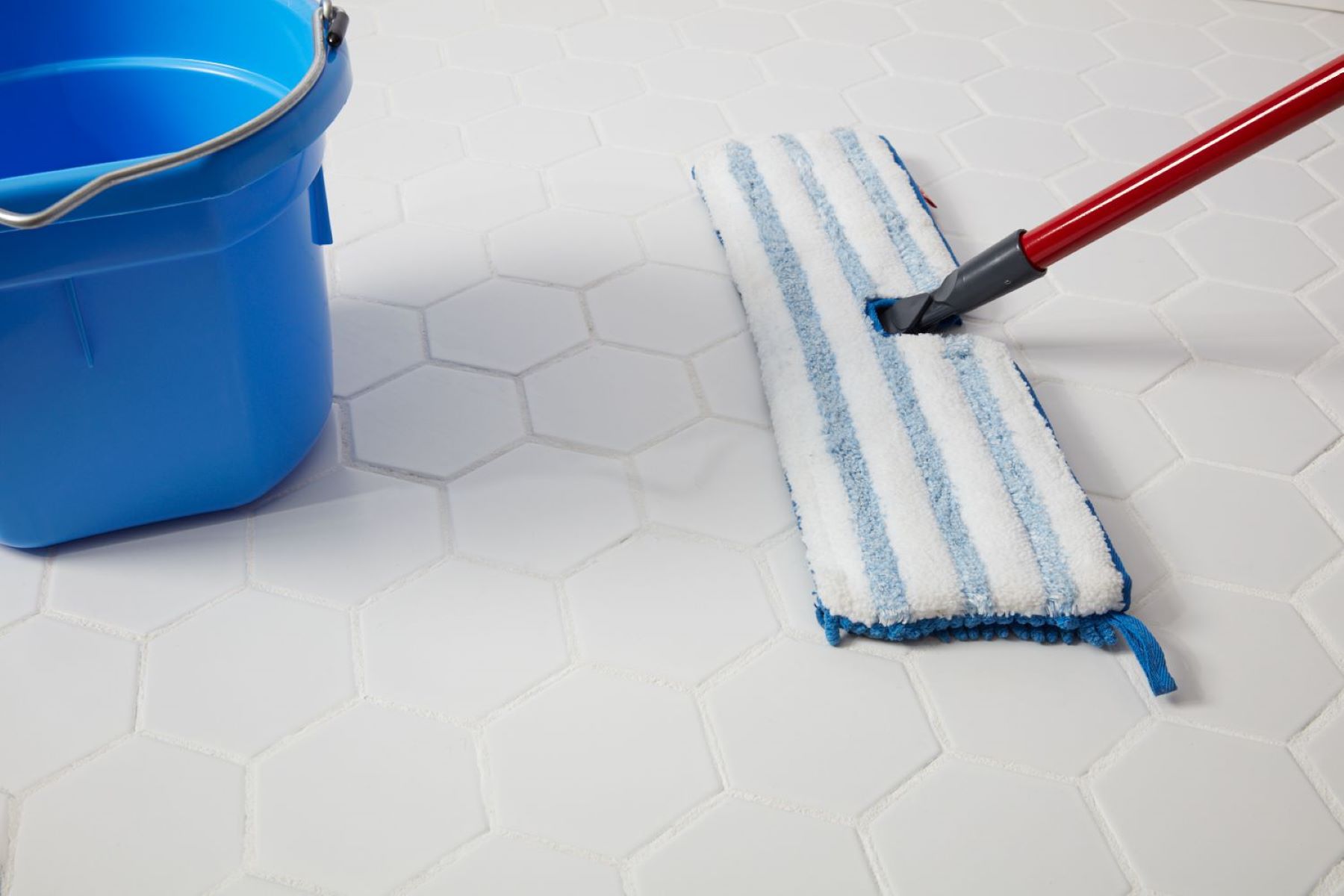

Cleaning Appliances
How To Mop Porcelain Floors
Modified: January 6, 2024
Learn the best techniques for cleaning porcelain floors with our expert tips and advice. Keep your floors sparkling with our cleaning appliances.
(Many of the links in this article redirect to a specific reviewed product. Your purchase of these products through affiliate links helps to generate commission for Storables.com, at no extra cost. Learn more)
**
Introduction
**
Cleaning porcelain floors is essential for maintaining their appearance and longevity. Porcelain tiles add elegance and sophistication to any space, but they require regular maintenance to preserve their beauty. Mopping is a simple yet effective method for keeping porcelain floors clean and free from dirt, grime, and stains. In this article, we will explore the step-by-step process of mopping porcelain floors, including the materials needed, preparation, cleaning solution, mopping technique, and post-mopping care. By following these guidelines, you can ensure that your porcelain floors remain pristine and inviting for years to come. Let's delve into the details of how to effectively mop porcelain floors to achieve a sparkling, immaculate finish.
Key Takeaways:
- Keep your porcelain floors pristine by using a gentle cleaning solution and a soft mop. Regular maintenance and proper drying are key to preserving their elegance and charm.
- Protect your porcelain floors by avoiding harsh cleaners, promptly cleaning spills, and maintaining the grout. Embrace the art of mopping to showcase their enduring beauty.
Read more: How To Mop A Floor
Materials Needed
Before embarking on the task of mopping porcelain floors, it’s crucial to gather the necessary materials to streamline the cleaning process. Here’s a comprehensive list of items you’ll need:
- A high-quality porcelain floor cleaner or a mild detergent specifically formulated for porcelain tiles
- A bucket large enough to hold an ample amount of cleaning solution
- A mop with a microfiber or chamois cloth head
- A soft-bristled broom or vacuum cleaner for removing loose debris and dust
- Warm water for diluting the cleaning solution
- A clean, dry cloth for drying the floor after mopping
- Protective gloves to shield your hands from the cleaning solution
- Optional: A porcelain tile sealer for additional protection and shine
By ensuring that you have all these materials at your disposal, you can execute the mopping process seamlessly and achieve optimal results.
Preparing the Floor
Before diving into the mopping process, it’s essential to prepare the porcelain floor to facilitate thorough cleaning. Start by removing any loose debris, dirt, or dust from the surface. You can either sweep the floor with a soft-bristled broom or utilize a vacuum cleaner to eliminate these particles. Pay special attention to corners, edges, and grout lines where dirt tends to accumulate.
Next, inspect the floor for any visible stains or spills. If you encounter stubborn stains, consider using a gentle spot cleaner or a mixture of mild detergent and water to pre-treat these areas. Allow the cleaning solution to sit on the stains for a few minutes to loosen the grime before proceeding with the mopping process.
Additionally, if the porcelain floor has been sealed, ensure that the sealant is intact and in good condition. If the sealant shows signs of wear or damage, consider resealing the floor after completing the mopping process to maintain its resilience and luster.
By diligently preparing the floor before mopping, you can facilitate a more effective and efficient cleaning process, ensuring that the porcelain surface is ready to regain its pristine appearance.
Mixing the Cleaning Solution
Creating the ideal cleaning solution is paramount for achieving a spotless and gleaming porcelain floor. When mixing the cleaning solution, it’s crucial to use products that are specifically designed for porcelain tiles to prevent damage and preserve the floor’s finish. Follow these steps to concoct the perfect cleaning solution:
- Fill a bucket with warm water, ensuring that it’s at a comfortable temperature for cleaning.
- Add the recommended amount of porcelain floor cleaner or a mild detergent formulated for porcelain tiles to the water. Be sure to refer to the product’s instructions for the appropriate dilution ratio.
- Gently agitate the water to mix the cleaner or detergent thoroughly, creating a uniform solution that is ready for mopping.
It’s important to avoid using acidic or abrasive cleaners, as they can damage the porcelain surface. Additionally, steer clear of harsh chemicals that may compromise the integrity of the tiles. By adhering to these guidelines and using the right cleaning products, you can ensure that the cleaning solution is safe and effective for mopping your porcelain floor.
Use a mild detergent or vinegar mixed with water to mop porcelain floors. Avoid using abrasive cleaners or rough scrubbing to prevent damage to the surface.
Mopping the Floor
With the floor prepared and the cleaning solution mixed, it’s time to embark on the mopping process. Follow these steps to effectively mop your porcelain floor:
- Begin by dipping the mop into the cleaning solution, ensuring that the mop head is thoroughly saturated but not dripping excessively.
- Starting from one corner of the room, gently glide the mop across the porcelain floor in smooth, overlapping strokes. Work systematically to cover the entire floor surface, paying attention to any stubborn stains or soiled areas.
- Periodically rinse the mop in the cleaning solution and wring out any excess liquid to prevent streaking and ensure that the mop remains clean throughout the process.
- For areas with ingrained dirt or stains, apply slightly more pressure while mopping to dislodge the grime without causing damage to the tiles.
- Once the entire floor has been mopped, allow it to air dry or use a clean, dry cloth to remove any residual moisture, ensuring that the porcelain surface is left gleaming and free from streaks.
By following these steps and mopping the floor with precision and care, you can restore the porcelain surface to its original luster, leaving it impeccably clean and inviting.
Read more: How To Mop The Floor
Drying the Floor
After completing the mopping process, it’s essential to ensure that the porcelain floor is thoroughly dried to prevent water spots and streaks. Follow these steps to effectively dry the floor:
- Allow the floor to air dry for a sufficient amount of time, ensuring that any excess moisture evaporates naturally. Adequate ventilation can expedite the drying process.
- If necessary, utilize a clean, dry cloth or a microfiber mop to gently blot and absorb any remaining moisture on the floor’s surface. Be sure to use a soft, non-abrasive cloth to prevent scratching or damaging the porcelain tiles.
- Inspect the floor to ensure that it is completely dry and free from any water spots or streaks. Pay attention to areas with higher foot traffic or lingering moisture.
- If the floor exhibits any residual streaks or spots, repeat the drying process using a fresh, dry cloth or mop until the surface is immaculately clean and dry.
Thoroughly drying the porcelain floor is crucial for maintaining its pristine appearance and preventing any unsightly water marks. By being diligent in this final step, you can ensure that your porcelain floor remains spotless and radiant.
Maintaining Porcelain Floors
Preserving the beauty and durability of porcelain floors requires consistent maintenance and care. Here are some essential tips for maintaining the pristine condition of your porcelain tiles:
- Regular Cleaning: Implement a routine cleaning schedule to remove dirt, dust, and debris from the floor. This can be accomplished through gentle sweeping, vacuuming, or dry mopping to prevent the accumulation of grime.
- Spill Cleanup: Promptly attend to any spills or stains on the floor to prevent them from setting and becoming more challenging to remove. Use a mild cleaning solution and a soft cloth to gently blot and clean the affected area.
- Grout Care: Pay attention to the grout lines between the tiles, as they can accumulate dirt and grime over time. Utilize a grout cleaner and a soft brush to maintain the cleanliness and appearance of the grout.
- Refrain from Harsh Cleaners: Avoid using abrasive cleaners, acidic substances, or harsh chemicals on porcelain floors, as these can damage the tiles and compromise their finish. Stick to gentle, pH-neutral cleaning solutions recommended for porcelain tiles.
- Regular Sealing: If your porcelain floor is sealed, monitor the condition of the sealant and reapply it as needed to protect the tiles from stains and moisture infiltration.
- Preventive Measures: Place doormats at entryways to minimize the tracking of dirt and debris onto the porcelain floor. Additionally, use protective pads on furniture legs to prevent scratches and scuffs on the tiles.
By incorporating these maintenance practices into your regular cleaning routine, you can uphold the pristine appearance and longevity of your porcelain floors, ensuring that they remain a stunning focal point in your home or commercial space.
Conclusion
Maintaining the allure and cleanliness of porcelain floors is a rewarding endeavor that enhances the aesthetic appeal and longevity of these exquisite surfaces. By following the step-by-step process of mopping porcelain floors, accompanied by diligent preparation, the use of appropriate cleaning solutions, and thorough drying, you can achieve immaculate results that elevate the ambiance of any space.
Furthermore, implementing consistent maintenance practices, such as regular cleaning, prompt spill cleanup, grout care, and the use of preventive measures, ensures that your porcelain floors retain their pristine condition for years to come. By embracing these maintenance guidelines, you can safeguard the beauty and resilience of your porcelain tiles, allowing them to exude timeless elegance and charm.
Embrace the art of mopping and maintaining porcelain floors as a labor of love, knowing that your efforts will be rewarded with floors that radiate cleanliness and sophistication. With the right techniques and a touch of dedication, your porcelain floors will continue to captivate and inspire, serving as a testament to your commitment to impeccable home or commercial maintenance.
So, go ahead, embark on the journey of preserving and showcasing the splendor of your porcelain floors, and relish the enduring beauty and allure they bring to your environment.
Frequently Asked Questions about How To Mop Porcelain Floors
Was this page helpful?
At Storables.com, we guarantee accurate and reliable information. Our content, validated by Expert Board Contributors, is crafted following stringent Editorial Policies. We're committed to providing you with well-researched, expert-backed insights for all your informational needs.
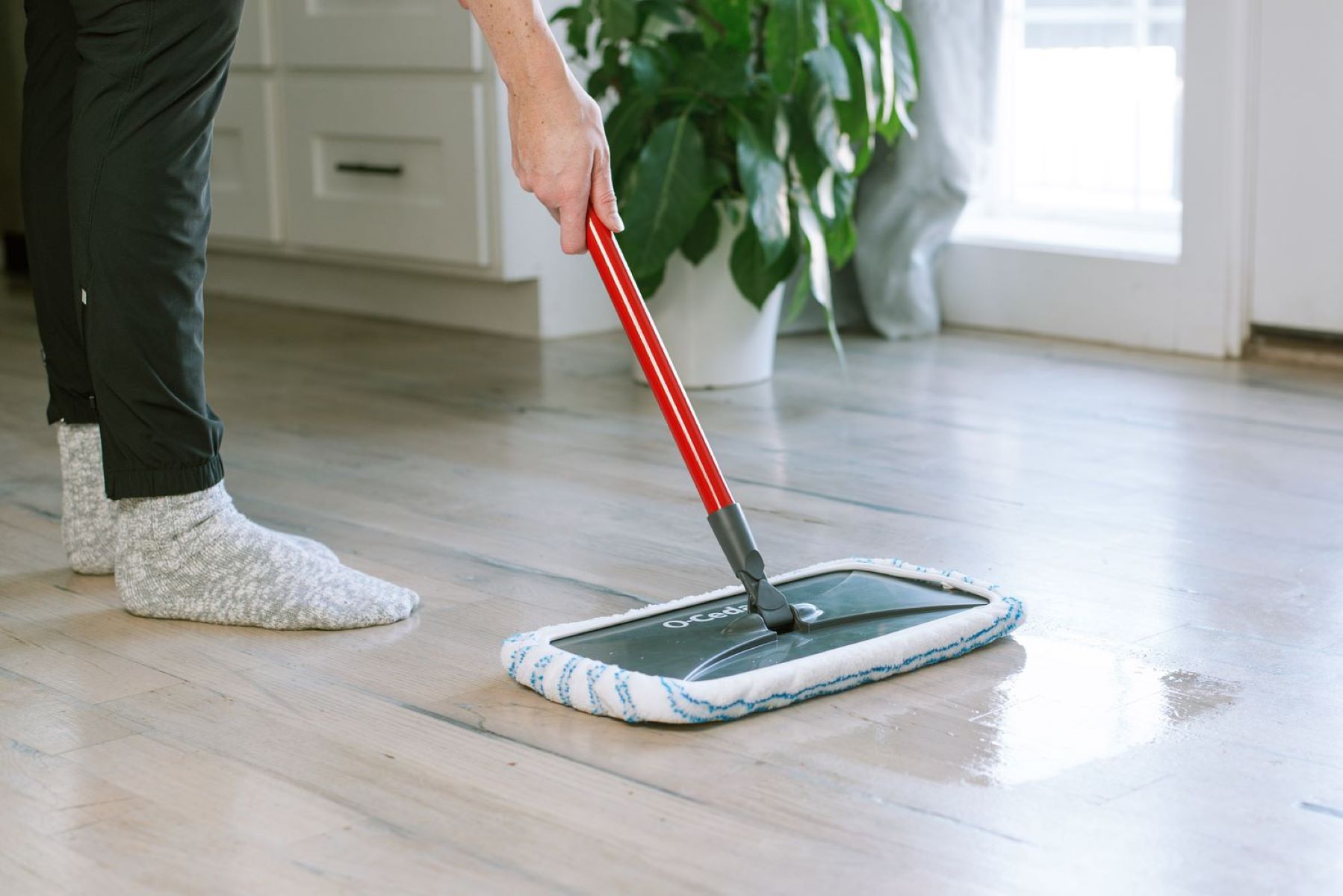
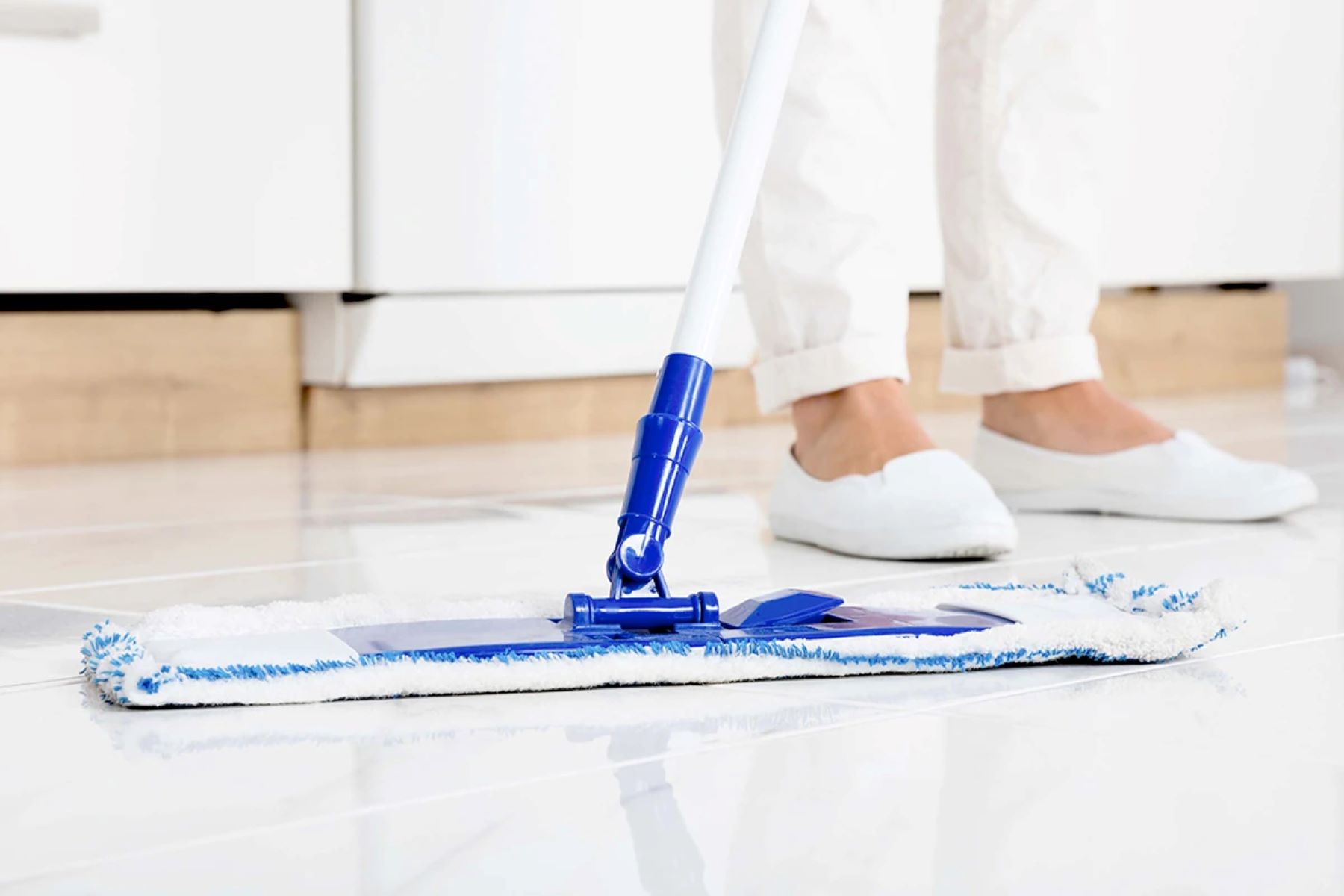
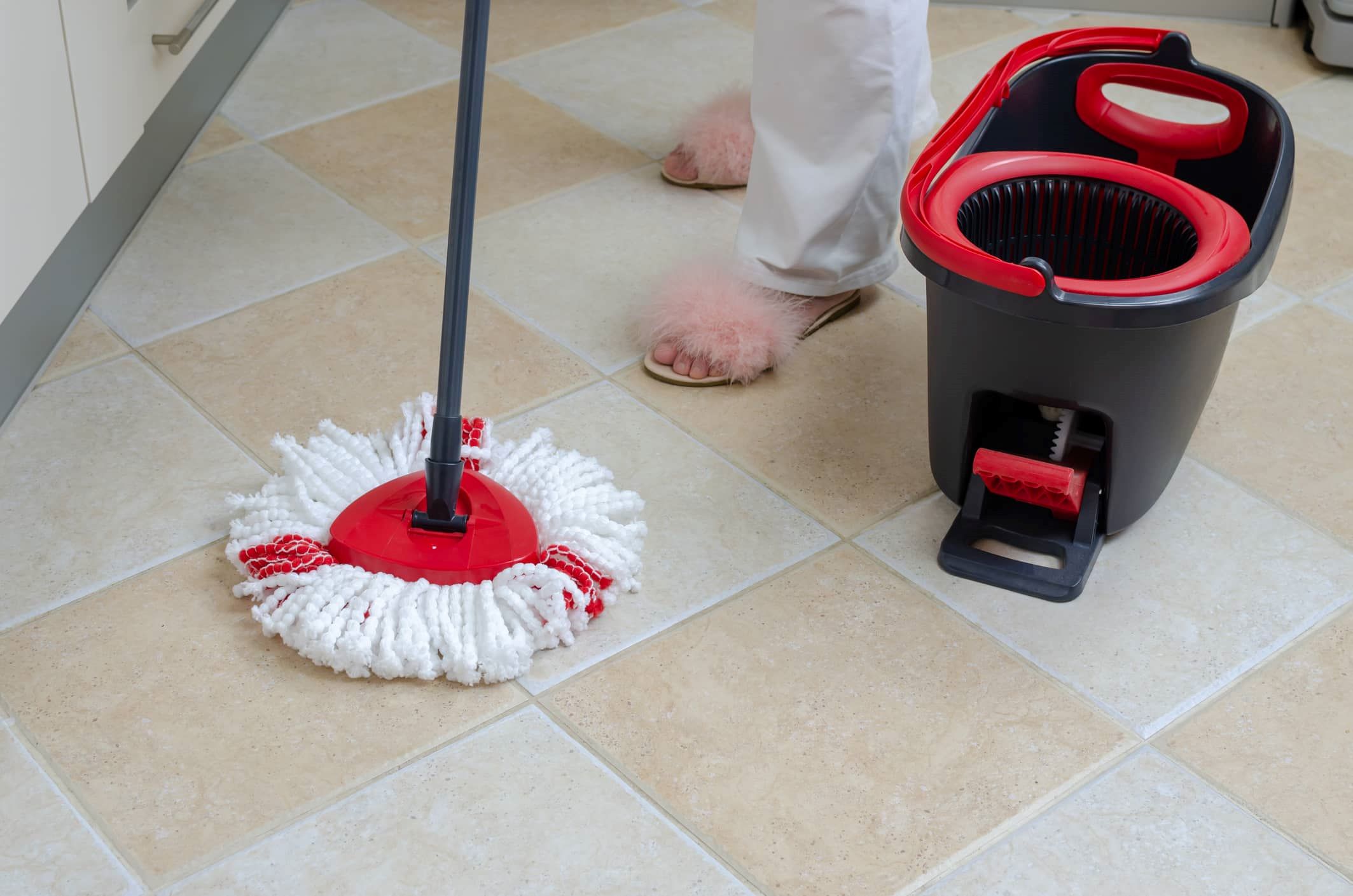
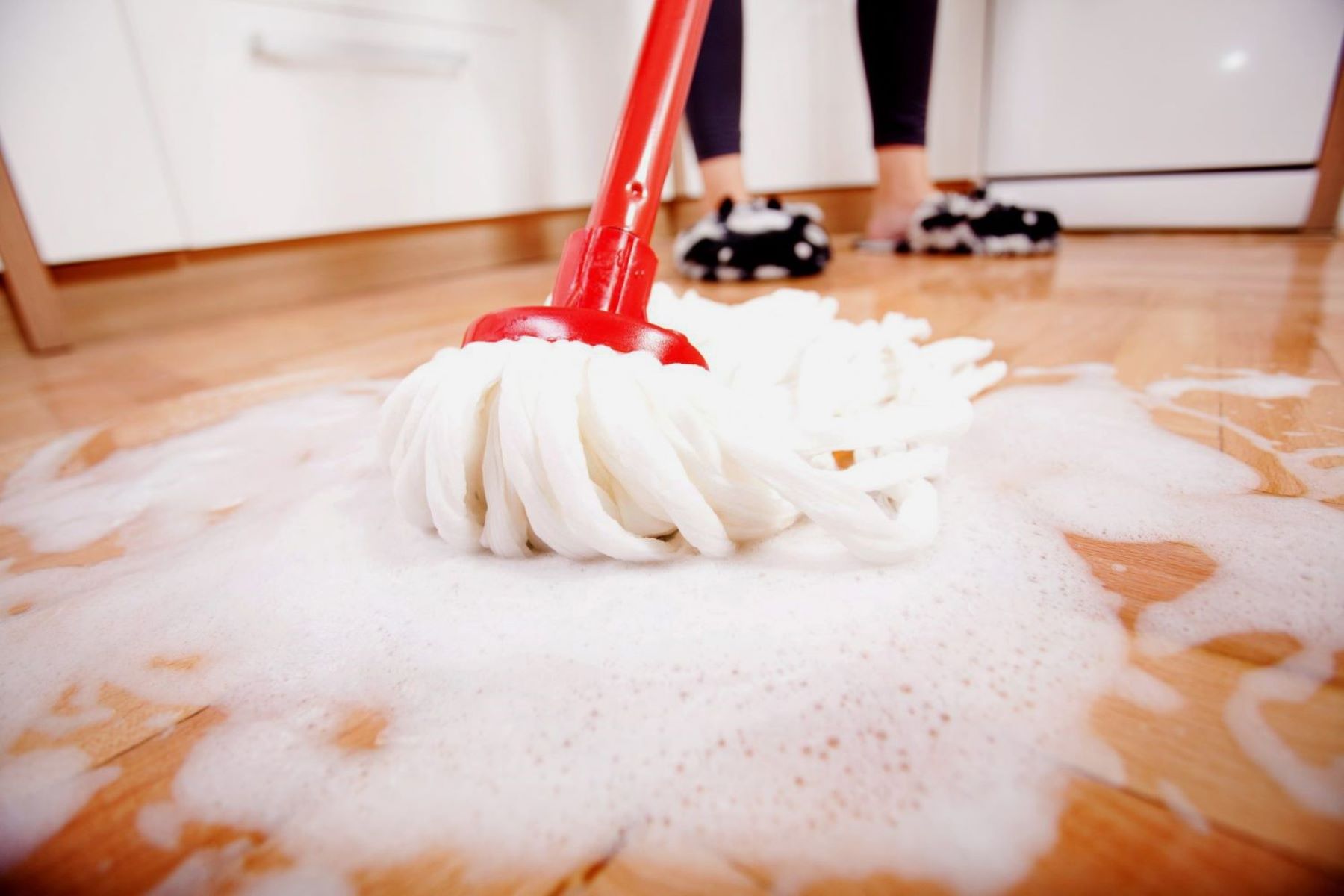
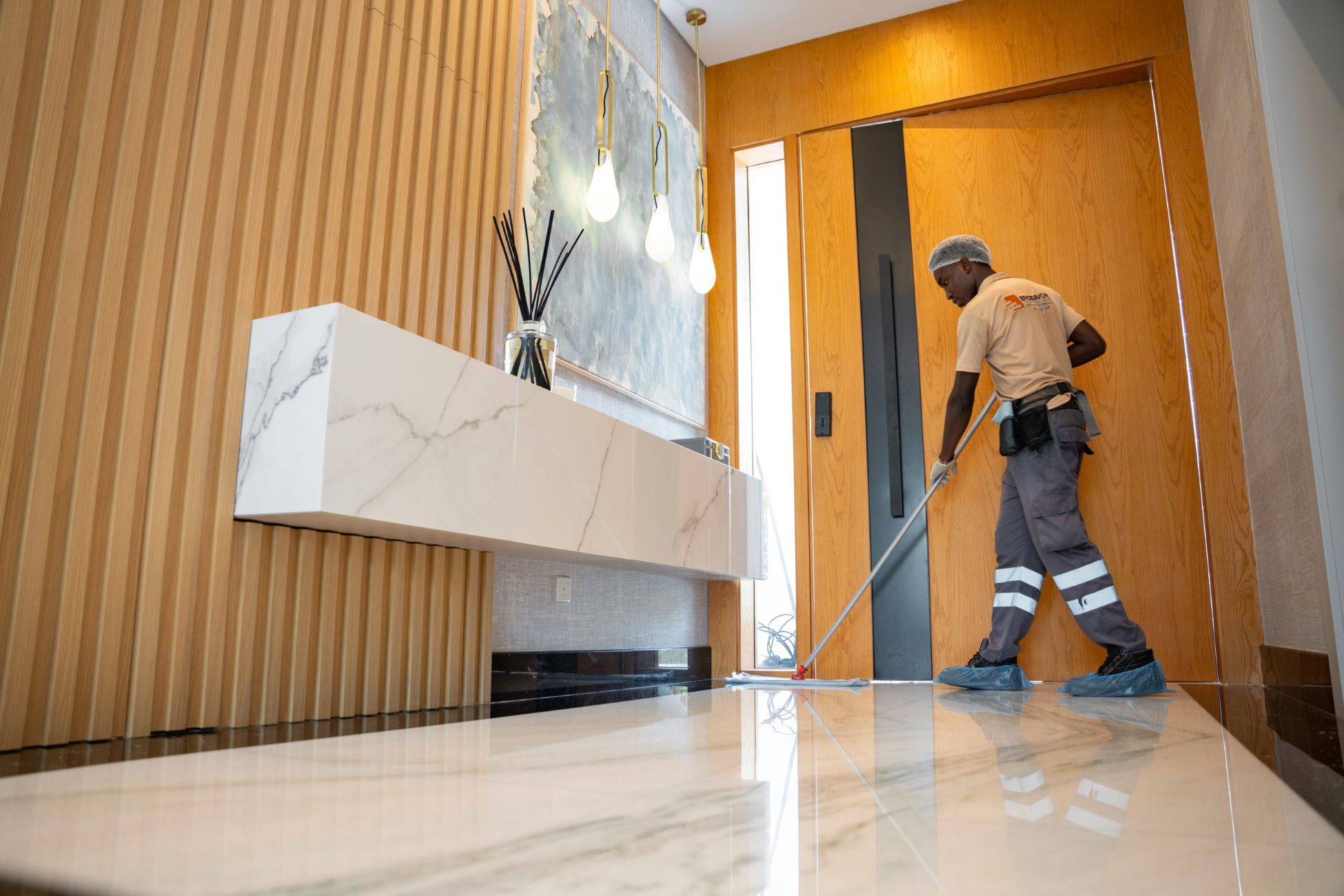
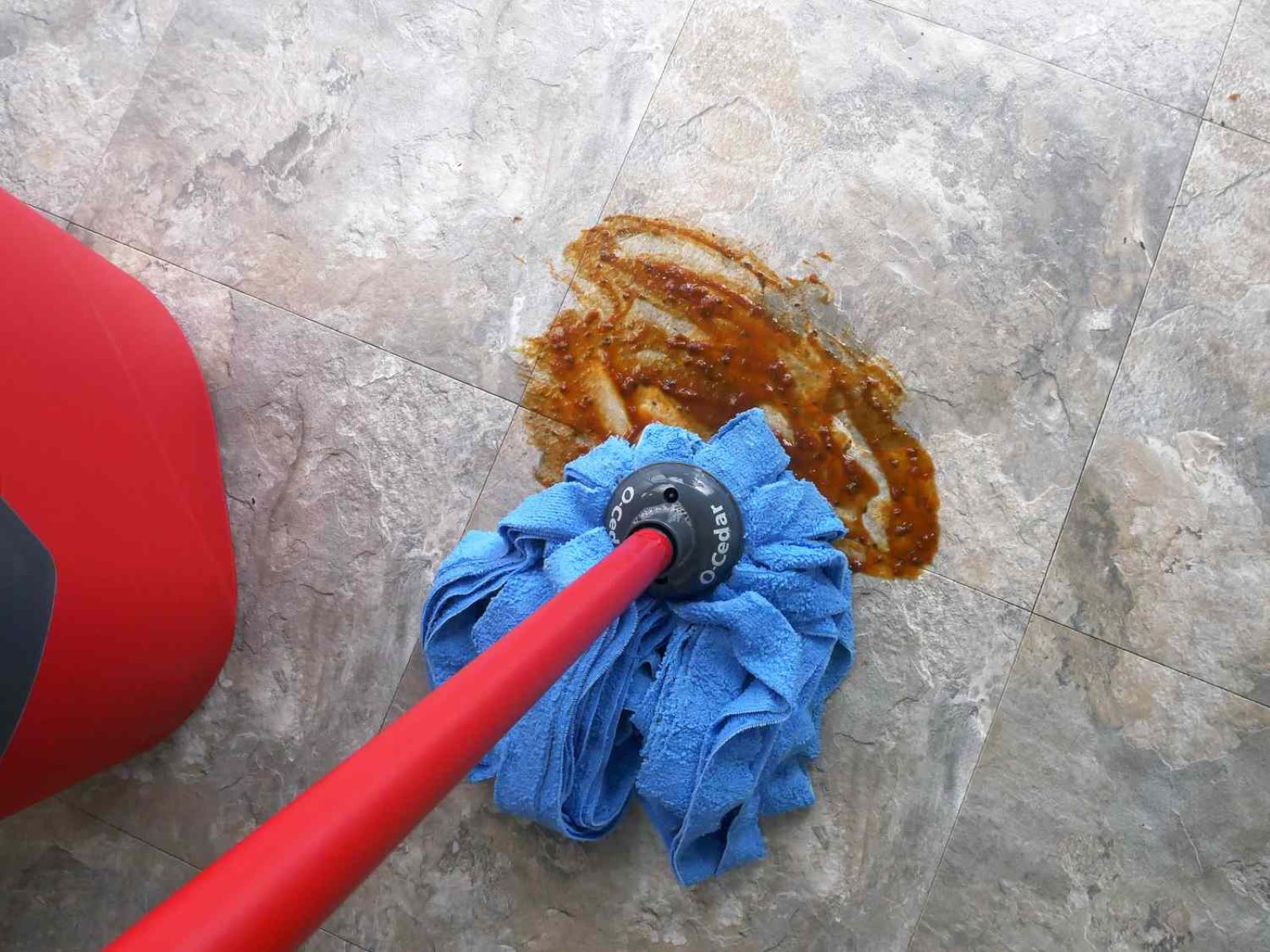
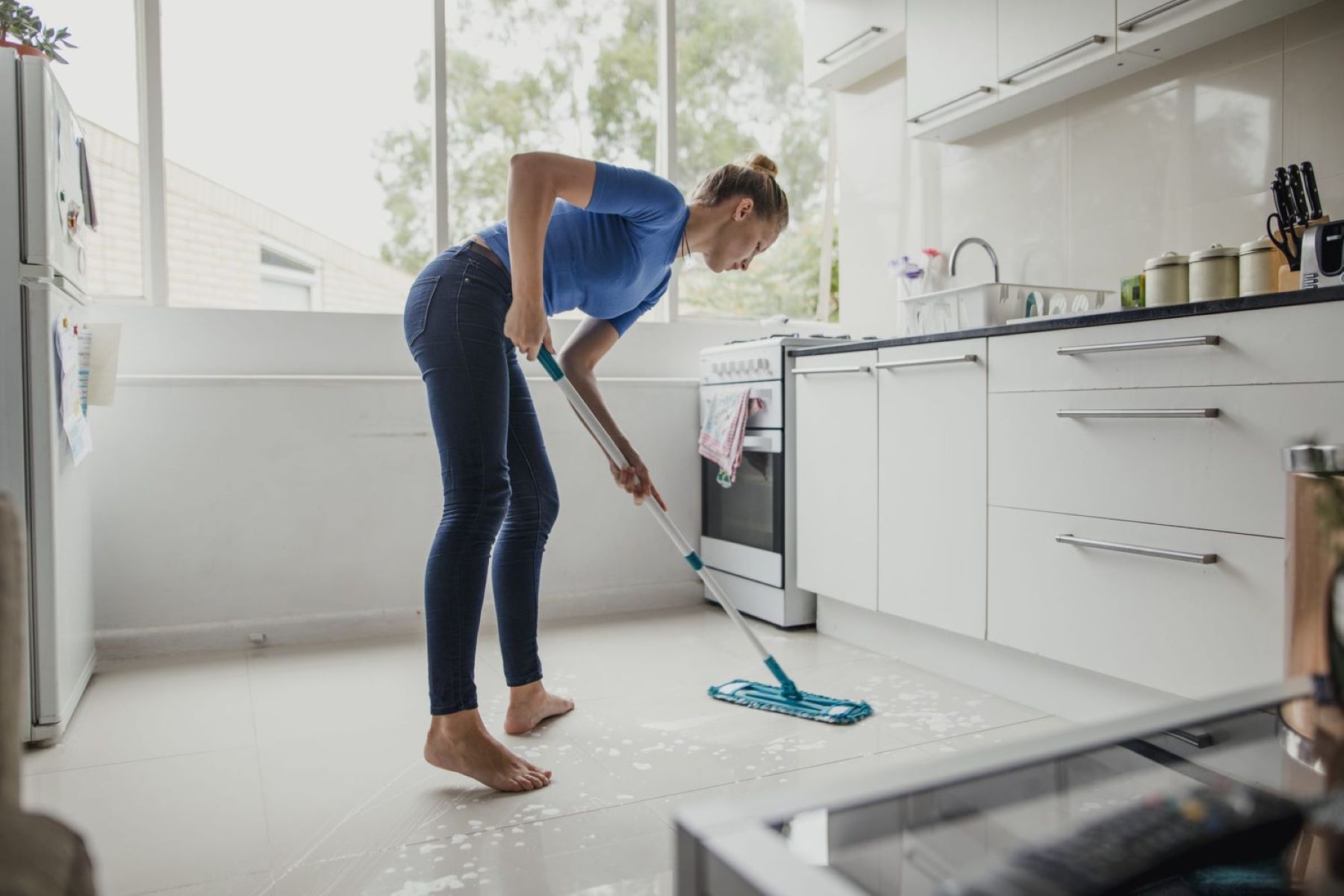
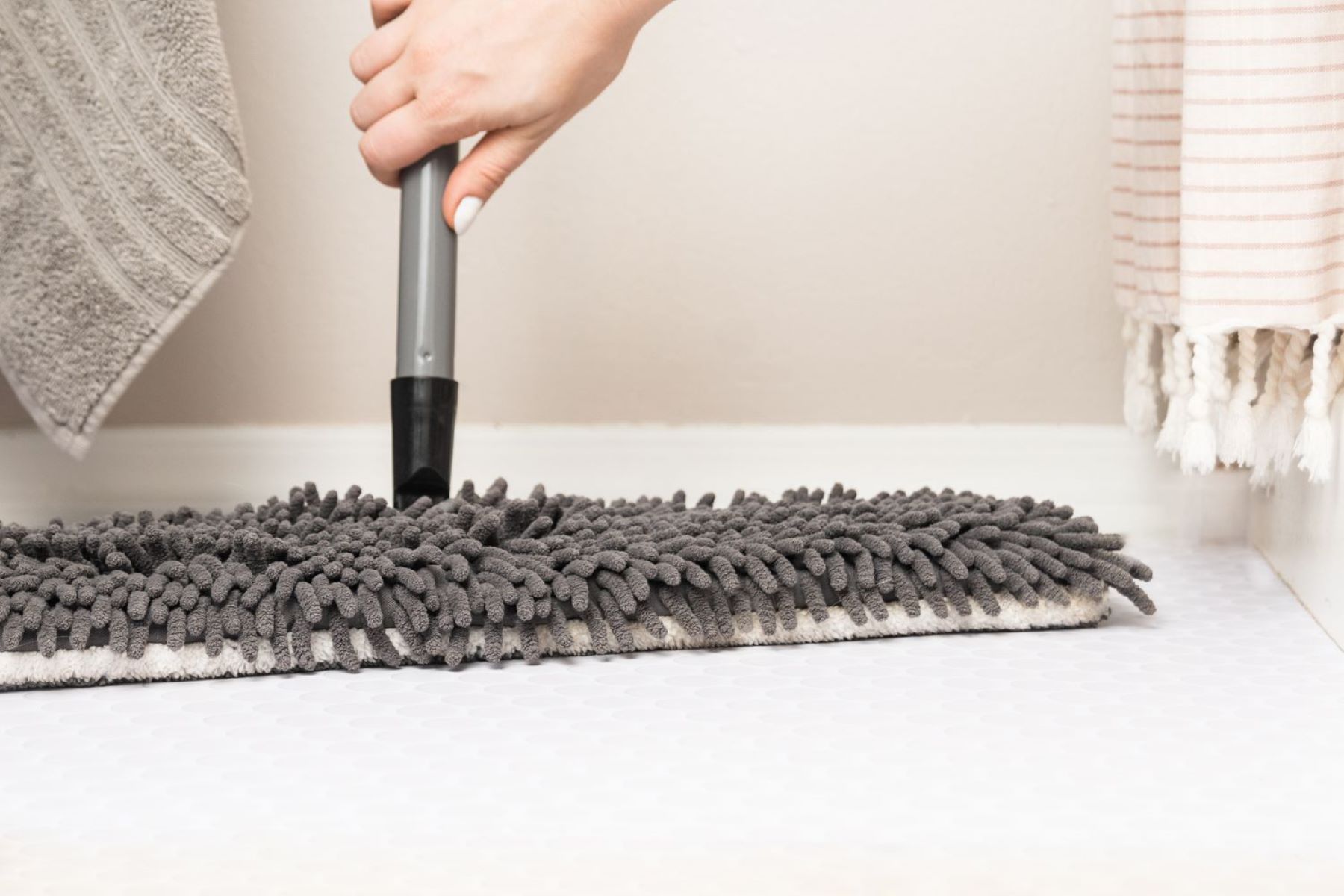
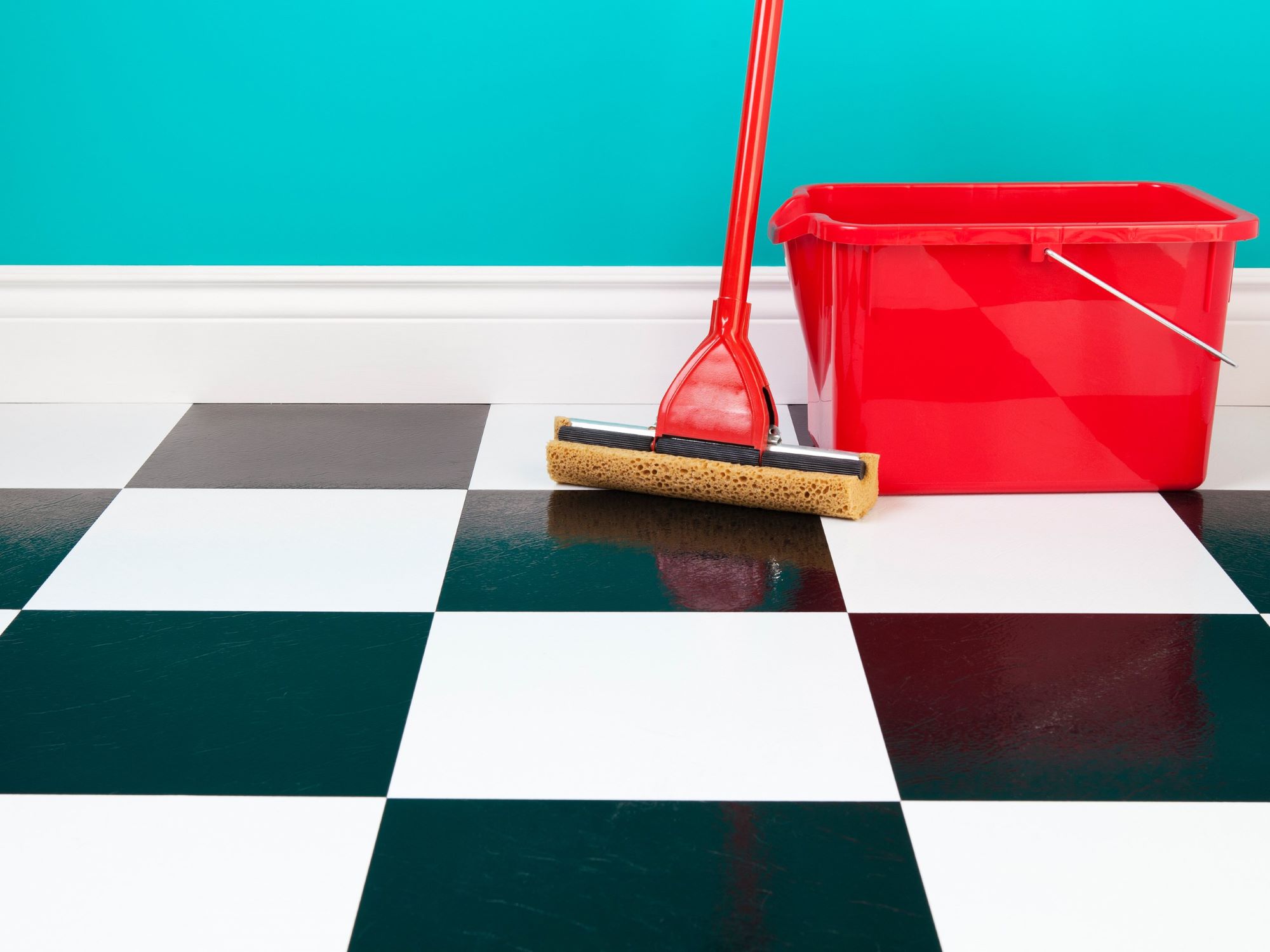
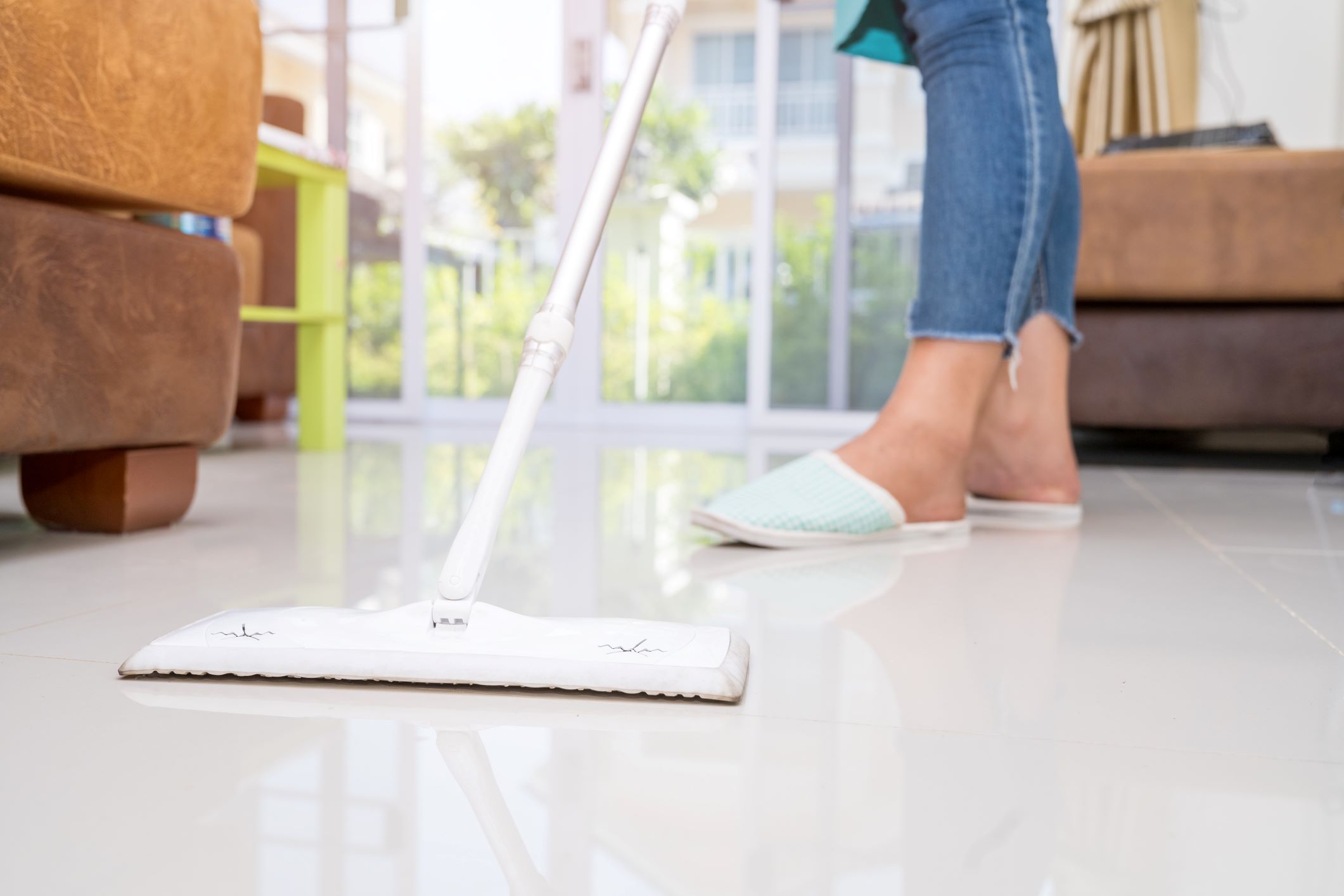
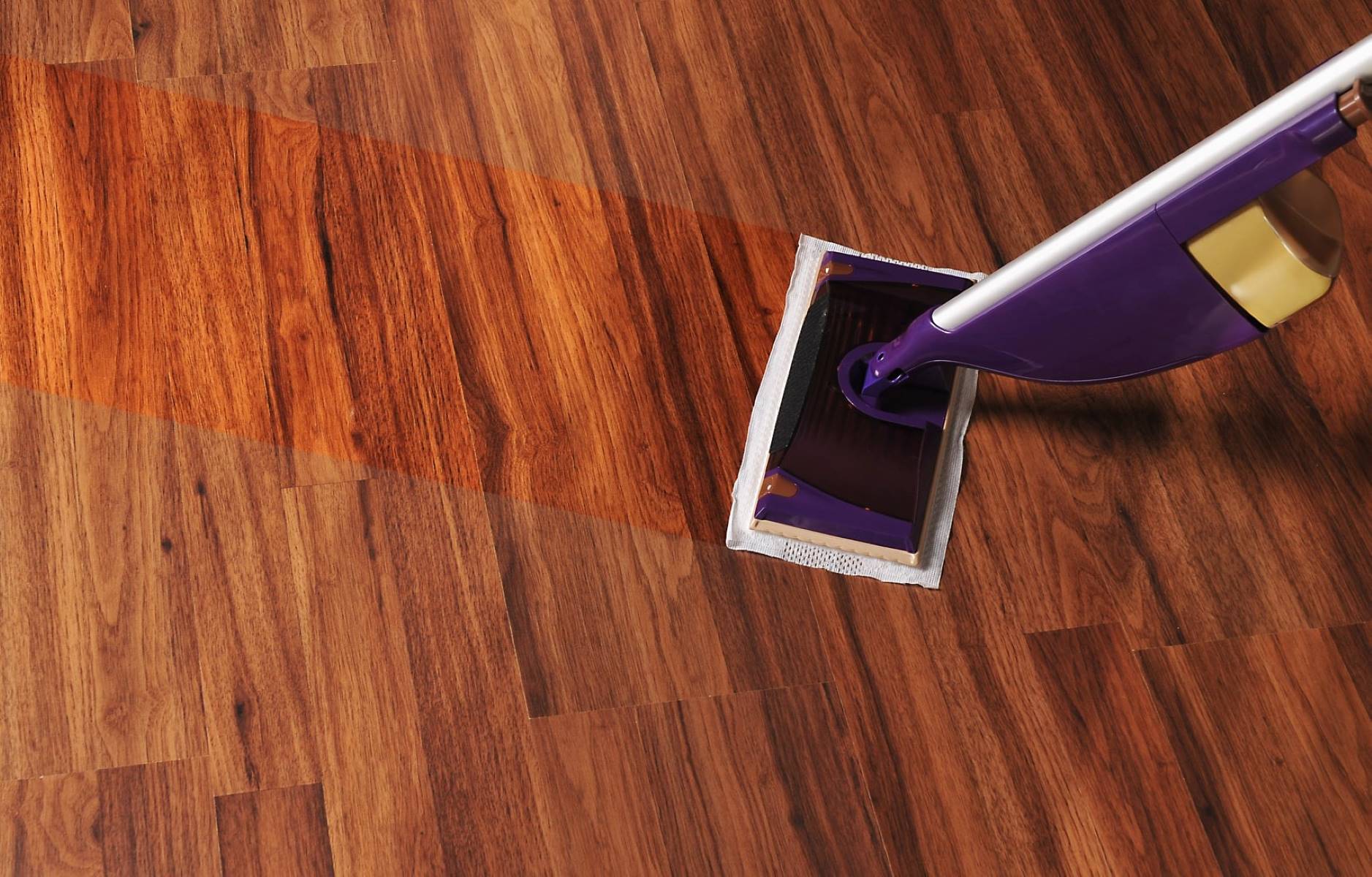
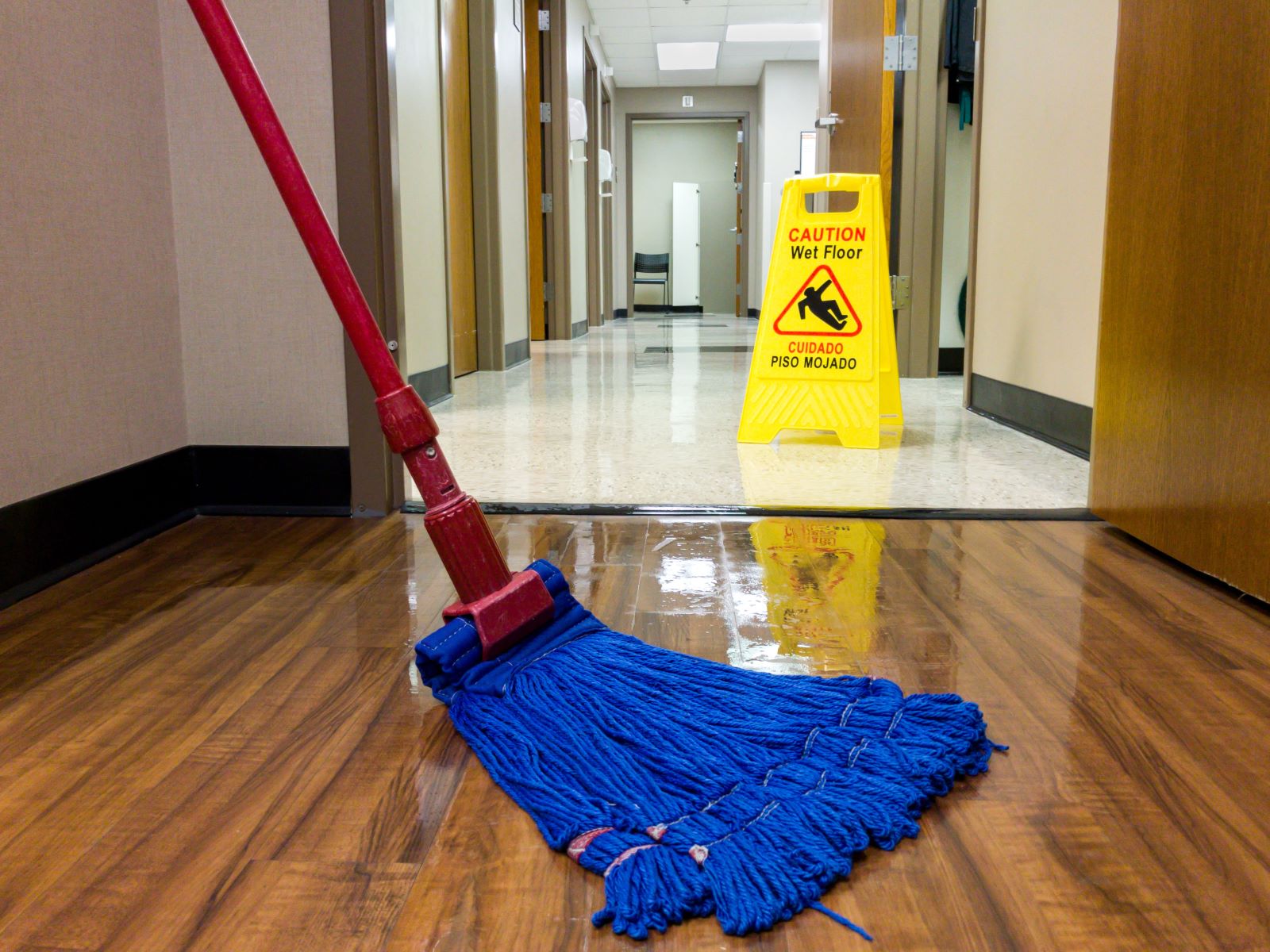
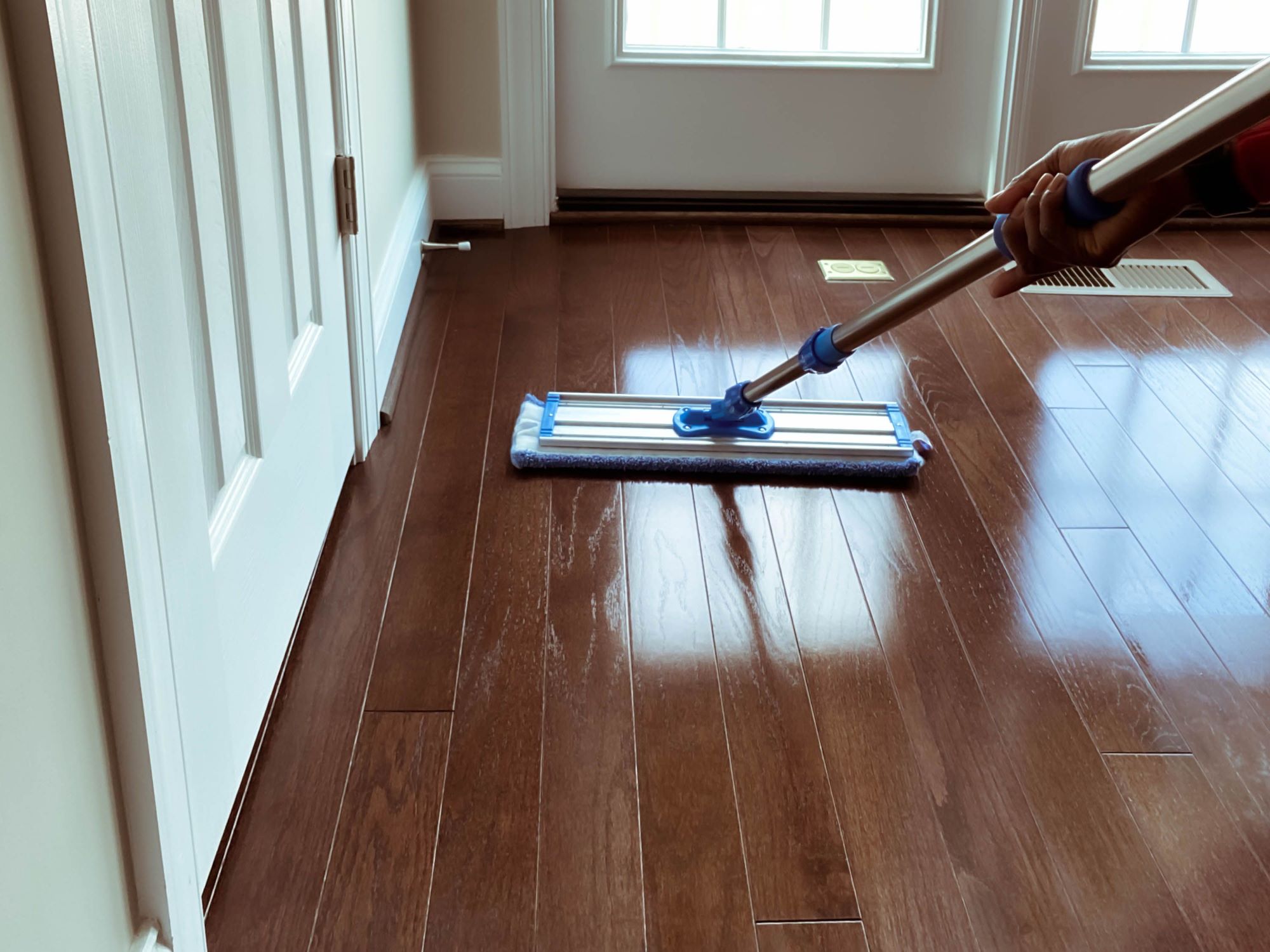
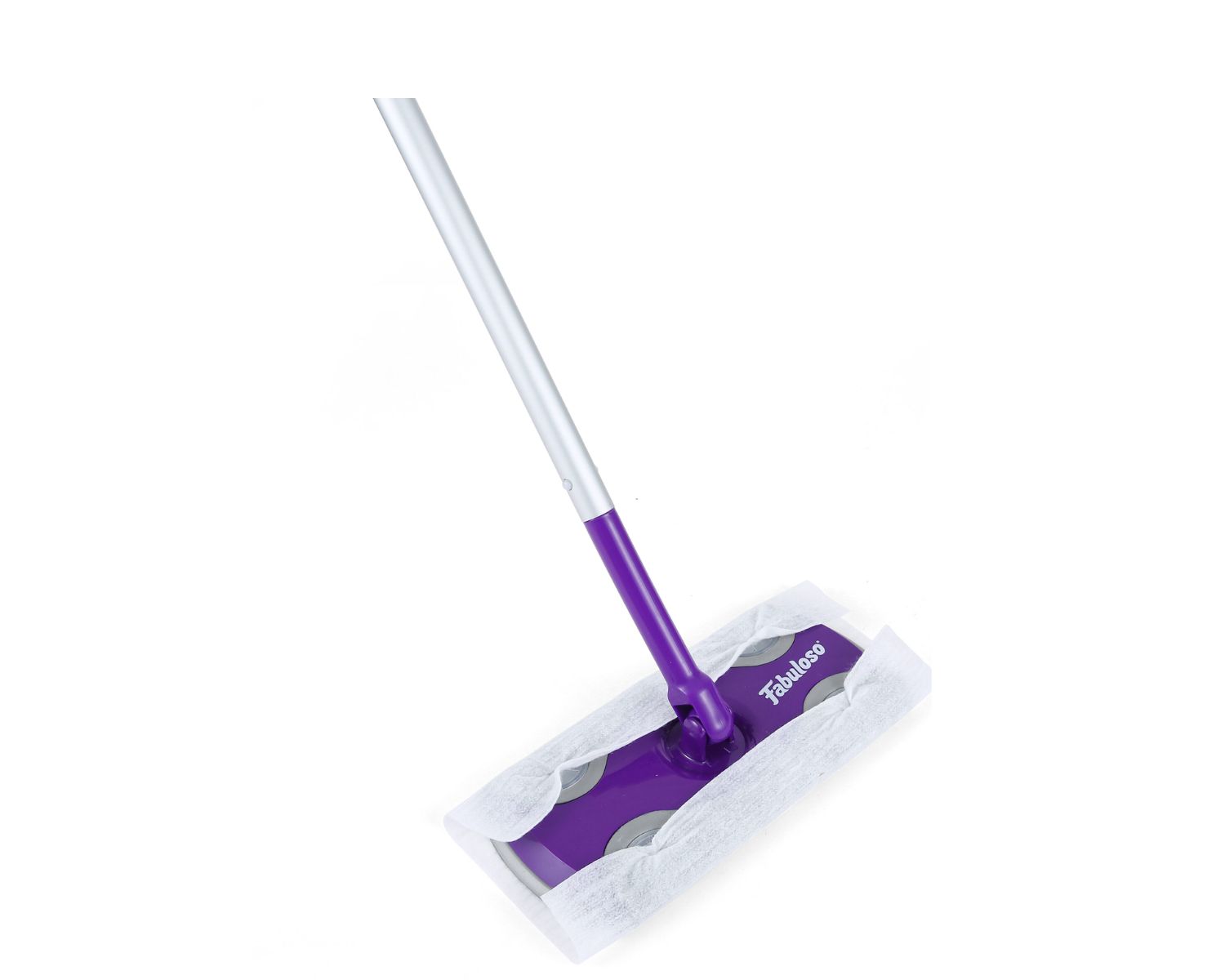

0 thoughts on “How To Mop Porcelain Floors”